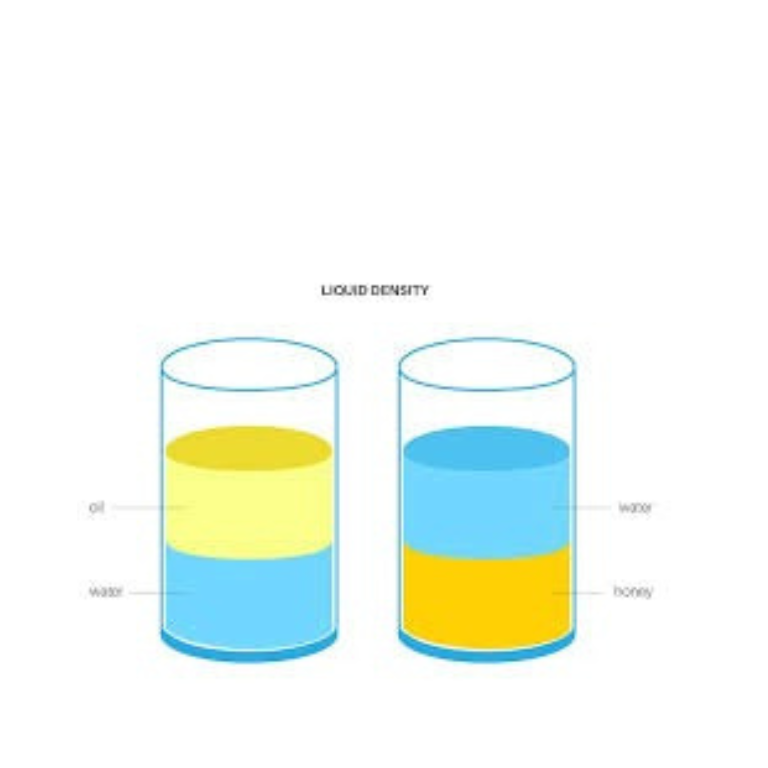Synthesis of Biodiesel
Biodiesel is produced through a chemical reaction called transesterification where vegetable oil reacts with alcohol (methanol) in the presence of a catalyst to form fatty acid methyl esters (biodiesel) and glycerol.
1. Mix vegetable oil with methanol and catalyst. 2. Heat the mixture to 60°C for the reaction. 3. Allow layers to separate after reaction completes.
The Science Behind Biodiesel Production
The chemical process that converts triglycerides (vegetable oils) into biodiesel:
- Reactants: Vegetable oil + Methanol (in 3:1 molar ratio)
- Catalyst: Typically NaOH or KOH (1% by weight of oil)
- Products: Biodiesel (methyl esters) + Glycerol (byproduct)
- Conditions: 60°C for 1-2 hours with constant stirring
Biodiesel is a renewable, biodegradable fuel manufactured from vegetable oils or animal fats.
The reaction breaks the triglyceride molecules into methyl esters (biodiesel) and separates glycerol.
After the reaction, the denser glycerol layer settles at the bottom and can be drained off.


